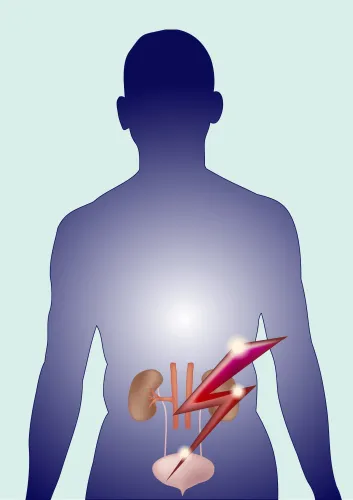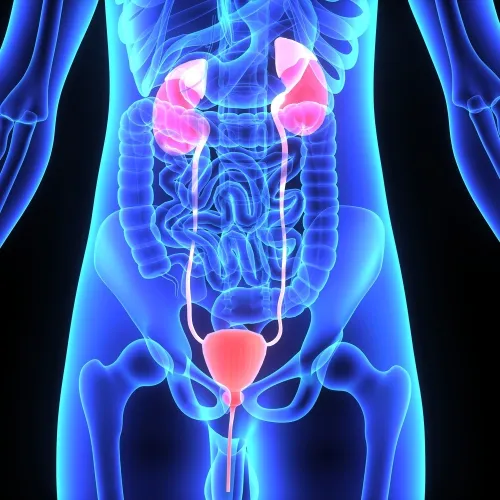Use Lithotripsy Codes for Laser Ablation
It doesn’t seem wrong to use a laser for fragmentation, and a lithotripsy code for the laser, says Laura Siniscalchi, RHIA, CCS, CCS-P, CPC, senior consultant with the Boston office of Deloitte and Touche, an auditing firm. The only alternative would be to use an unlisted procedure code, she says. From a coding perspective, fragmentation doesn’t contradict the use of a laser.
For renal or ureteral stones treated by laser lithotripsy, use 52325 (Cystourethroscopy [including ureteral catheterization]; with fragmentation of ureteral calculus [e.g., ultrasonic or electro-hydraulic technique]) or 52353 (Cystourethroscopy, with ureteroscopy and/or pyeloscopy; with lithotripsy [ureteral catheterization is included]) as per clinical circumstance. Do not use 52352 (Cystourethroscopy, with ureteroscopy and/or pyeloscopy; with removal or manipulation of calculus [ureteral catheterization is included])because this code does not include fragmentation, but removal via stone basket. Distinguish the location of the stones with 592.0 (Calculus of kidney) or 592.1(Calculus of ureter)
Ureteral stents are often placed with renal or ureteral stone fragmentation. If applicable, add 52332 (Cystourethroscopy, with insertion of indwelling ureteral stent [e.g., Gibbons or double-J type]) to 52325. Code 52325 and 52332-51 (Multiple procedures). Stents are placed for fragments, which often remain after lithotripsy. But sometimes, performing the ablation with the ureteral catheter insertion and subsequent laser may cause irritation that causes swelling in the ureters. So even after laser ablation, which vaporizes the stones and leaves few fragments, a urologist may insert a stent.
As long as the stent is an indwelling one and is not removed immediately after the lithotripsy, 52332 can be billed, says Jan Brunetti, CPC, billing coordinator for Urology Associates of Newport, R.I. The indwelling stent is not bundled with the lithotripsy.
For bladder stones treated by laser ablation or lithotripsy, use 52317 (Litholapaxy: crushing or fragmentation of calculus by any means in bladder and removal of fragments; simple or small [less than 2.5 cm]) and 52318(... complicated or large [over 2.5 cm]) with 594.1 (Other calculus in bladder).




